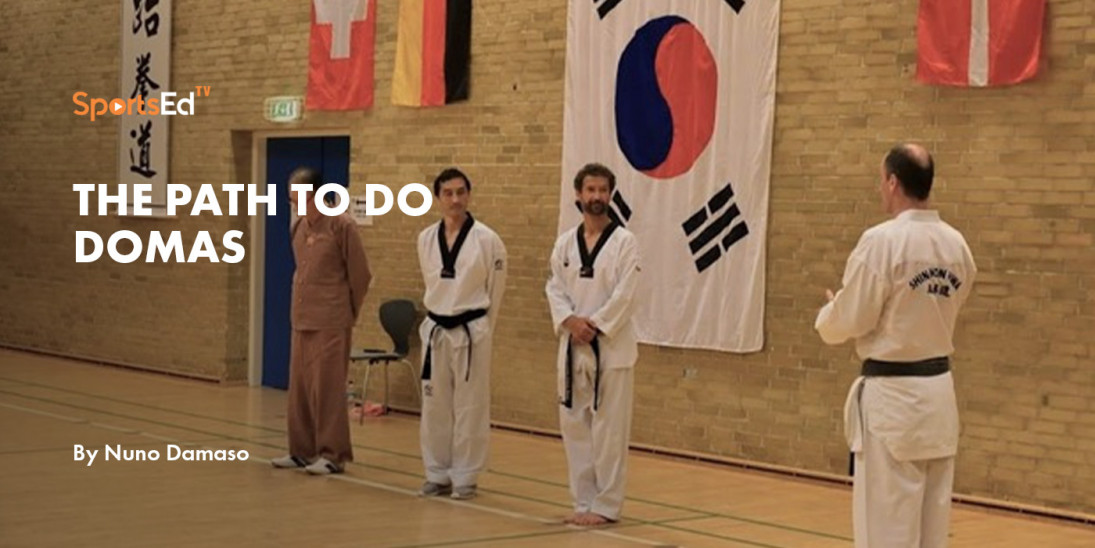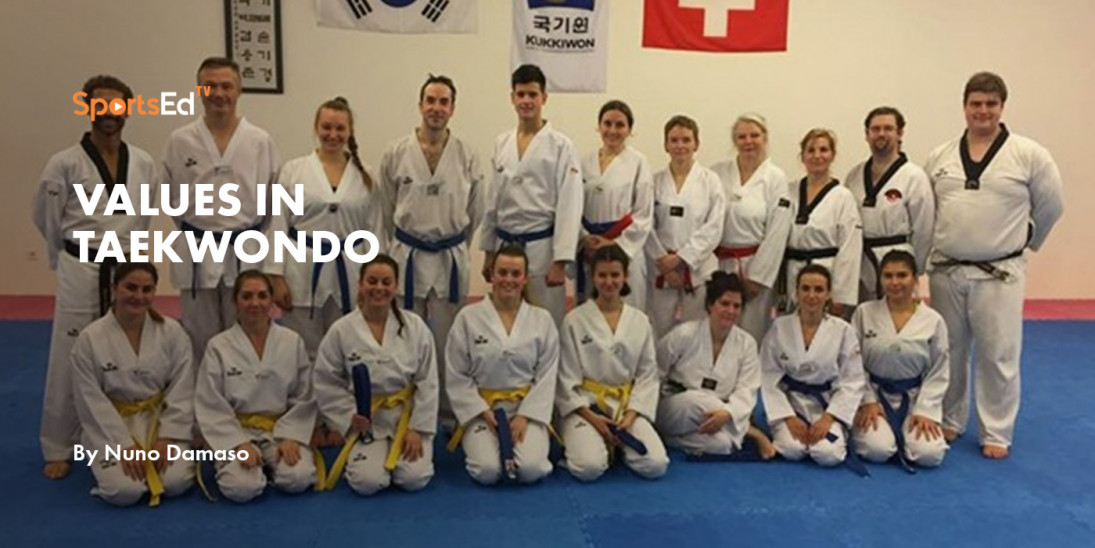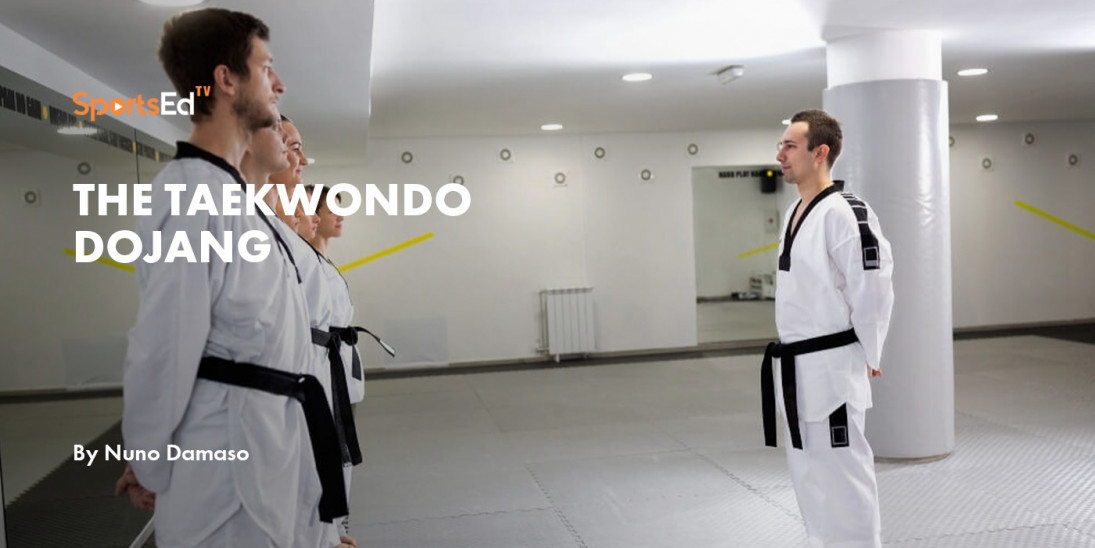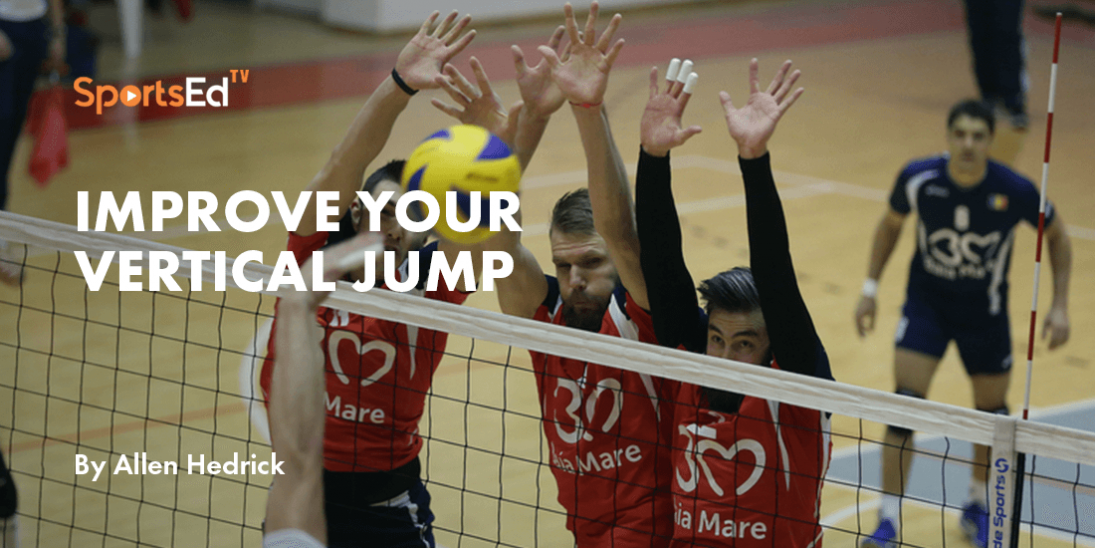Taekwondo
Welcome and thanks for visiting...

The Path to Do Domas

Again, what is meant by DO?
It is a path of spiritual development that forges character and practices it in all aspects of one's personality.
And dojang? It is a place of strength—a place of peace and meditative meditation, a place promoting the practice of martial arts and favoring the spiritual elevation of the practitioners where the search for do is enriched.
The master of the place, the sabonim, is responsible for the culture of the dojang.
By its aura, authority, skills and values it conveys, sabonim will leave its mark on the place. He will ensure that students respect the rules of cleanliness, courtesy and respect that are in place in a dojang.
The state of mind and the respect of the members will automatically create an atmosphere adequate to the real practice of martial arts.
Once the front door is crossed everyone will feel the special force of the place. This atmosphere will allow everyone to draw the best out of themselves and also to face themselves. The silence that is common in real martial arts schools will bring the student back to his own image. This is a basic condition for turning the gaze inward.
The silence and peace of the place will allow students to reach a meditative state of self-observation. Taekwondo aims to balance the mind-body relationship.
Calmness and meditation will allow the student to feel the here and now in a powerful way. In this state, the intention being clear, the movement will be clear and precise. The calm mind can express itself in a much more precise way and show clairvoyance.
The true quality of martial arts comes from the right spirit and intention. This on an ethical level as well as on a technical level. The quality of the intention in the here and now will promote the quality and clarity of the gesture.
This is where martial arts meet Zen and that is also why it is quite appropriate to compare a dojang to a sanctuary.
Dojang Internal Regulations
1) The taekwondoin salutes the dojang and flags when entering the dojang
2) The taekwondoin greets the master by entering the dojang
3) The taekwondoin greets all black belts by entering the dojang
4) When corrected, the taekwondoin bows as a sign of respect and acceptance
5) Silence is the order of the day in the dojang
6) Taekwondoin washes his feet and cuts his nails before entering the dojang.
7) The dobok is always clean and ironed
8) The dobok is to be used only in the dojang
9) It is forbidden to wear jewelry in the dojang
10) It is forbidden to wear shoes in the dojang
11) The taekwondoin will not engage in activity harming the reputation of his dojang or master.
Precepts for Young Taekwondoins
“As a member of the Taekwondo School Basel I will strive to be”
1) An example of politeness and respect in all situations.
2) An example of endurance and discipline by working hard and tirelessly to achieve my goals.
3) An example of courage to fight and commit myself to justice
4) An example of generosity and courage to help people in distress
5) An example of respect and recognition for my parents
6) An example in honoring is respecting my master and my dojang.
Read more:




